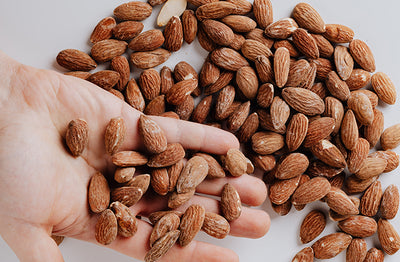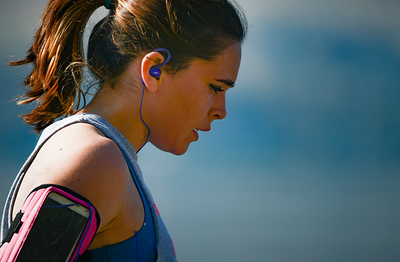No matter what your fitness goals are, eating well is an undeniably significant factor in reaching your goals and maintaining a healthy lifestyle.
Forget about dieting fads and focus on learning simple steps that are sustainable and will get you closer to those goals.
One simple step you can take towards achieving your goals is managing your nutrition and tracking your macro intake.
The key to your fitness goals—whether its
losing weight,
building muscle or eating better —is tracking the macronutrients that make up your food and ensuring you get adequate amounts of each macro.
The idea behind macros is becoming aware of your food composition.
An understanding of macronutrients will leave you with the knowledge to eat well and take charge of your fitness journey.
What are Macronutrients?
Simply put, protein, carbohydrates and fats are the macronutrients in foods that your body needs for energy.
How to start (Measure, Record, Break it down)
If you are ready to begin tracking macronutrients, it is important to note that your ‘macronutrient ratio’ (the amount of each macro you should be consuming) varies.
Everyone starts with a target macro ratio (for example, a macro ratio of 50% carbohydrates, 25% protein and 25% fat).
The ideal macronutrient ratio depends on height and weight, activity level, age, body type and fitness goals. An online macro calculator or better yet, a nutritionist, can help you determine your specific macro ratio based on these factors.
As a general guideline for adults, the recommended macronutrient breakdown is “45-65% calories from carbohydrates, 10-35% from protein, and 20-35% from fat”.
As you begin your macro journey, macro diet calculators and apps are practical to log foods you’re eating and the amount of macros consumed. A food scale will be handy to measure your portion sizes to log into your tracking app.
1. Measure
There are countless online resources and apps can make nutritional info easy to calculate. When learning to track your macros, you will need a food scale, a calorie/gram counting book, and a set of measuring cups.
Before you know it, you will learn to eyeball your favorite foods without having to put it on the food scale.
2. Record
After you measure your macros, write a breakdown of your meals along with the macros.
Here's how the macros would look:
1 large Apple
- Calories: 116
- Fats: 0 g
- Protein: 1 g
- Carbohydrates: 30 g
By keeping track of your meals, you will find that you are holding yourself accountable and nutritional intake will improve day after day.
Step 3. Break It Down
Once you feel confident with counting macros, you can start to break them down into how many calories you need for each macronutrient.
Assuming you start out on a 40/40/20 plan on a 2,000 calorie diet, you need 800 calories worth of protein, 800 calories worth of carbs and 400 calories worth of fat each day.
So you know how many grams of each macro you need daily, convert those calories into grams.
A gram of protein contains 4 calories, a gram of carbohydrates contains 4 calories, and a gram of fat provides 9 calories.
In the 40/40/20 example, your macros on a 2,000 calorie diet calculate as follows:
- 800 calories/ 4 calories per gram = 200 g of protein
- 800 calories/ 4 calories per gram= 200 g of carbs
- 400 calories/ 9 calories per gram= 44 g of fat
It may seem like a lot of work at first, but don't get bogged down with the calculations.
Along the way, the last thing you want is for calculating macros to kill your motivation for eating well. Remember if you can't track everything, every day, do your best.















